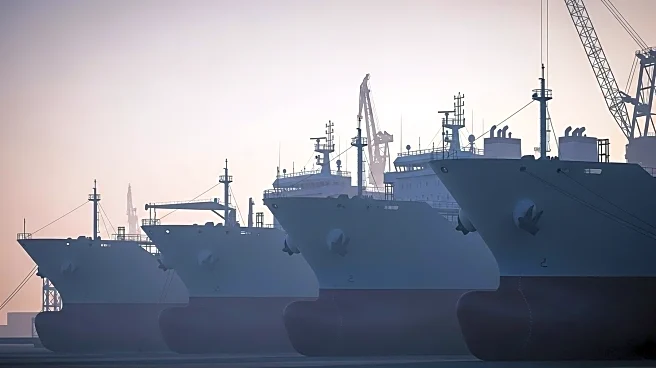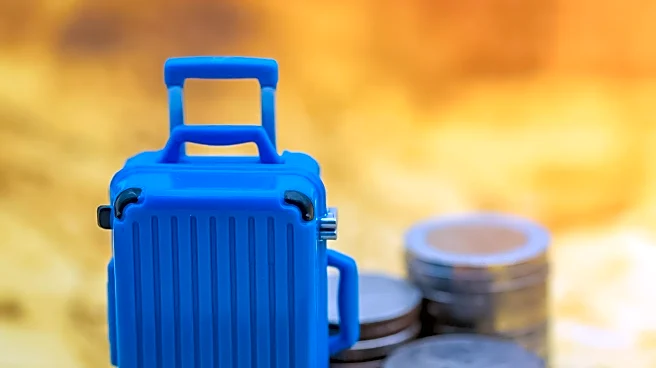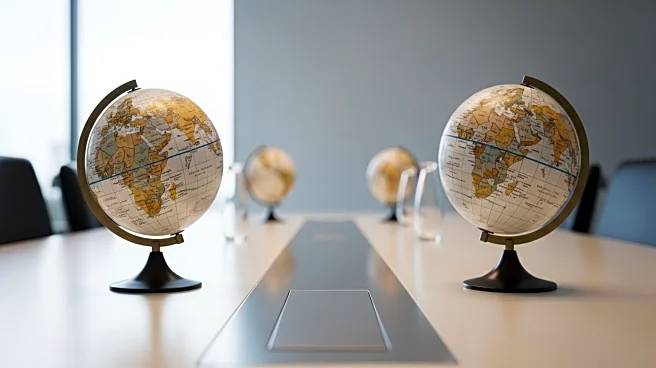What's Happening?
South Korea is taking significant steps to enhance its Arctic shipping capabilities by allocating $1.1 billion to upgrade its southern ports, including Busan, Yeosu, and Gwangyang. This initiative is part of a broader strategy to leverage the growth of shipping along the Northern Sea Route. Oceans Minister Chun Jae-Soo announced financial support for building ice-class ships, aiming to position South Korea as a global maritime hub. The Ministry of Oceans and Fisheries has increased its budget to $5.2 billion for 2026, marking an 8.4% rise from the current budget. The funds will support the construction of ice-class vessels and the expansion of Arctic shipping routes.
Why It's Important?
The investment in Arctic shipping infrastructure is crucial for South Korea's economic strategy, as it seeks to capitalize on the increasing shipping activity along the Northern Sea Route. By enhancing its port facilities and fleet capabilities, South Korea aims to strengthen its position in the global maritime industry. This move could boost the country's economy by attracting more international shipping traffic and fostering growth in related sectors such as shipbuilding and logistics. The initiative also reflects South Korea's commitment to maintaining its competitive edge in the maritime sector amid global shifts in shipping routes.
What's Next?
South Korea plans to start pilot operations in Arctic shipping next year, with icebreakers expected to begin operations by 2030. The Ministry of Oceans and Fisheries will relocate to Busan to demonstrate its commitment to revitalizing the maritime sector in the southern region. The government will continue to support the construction of ice-class vessels, with Hanwha Ocean building a $200 million icebreaking research vessel for the Korean Polar Research Institute, scheduled for delivery in 2029.










